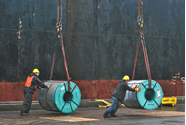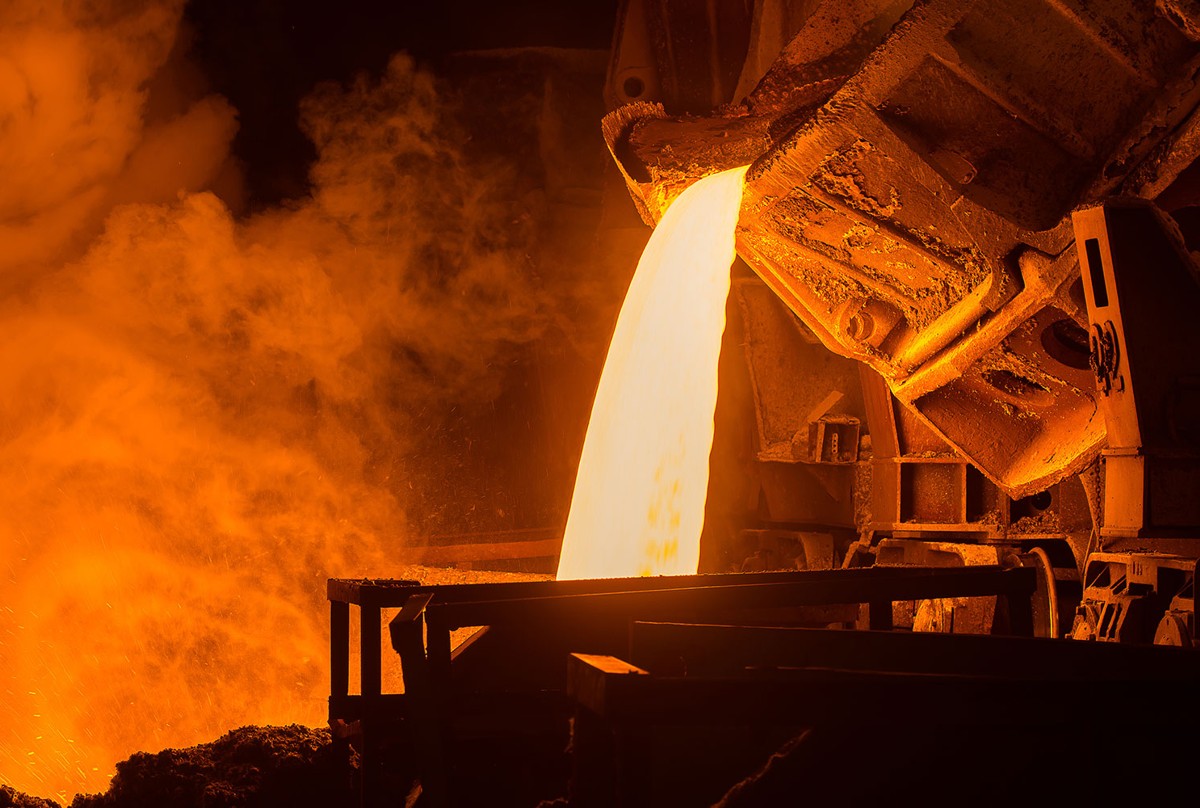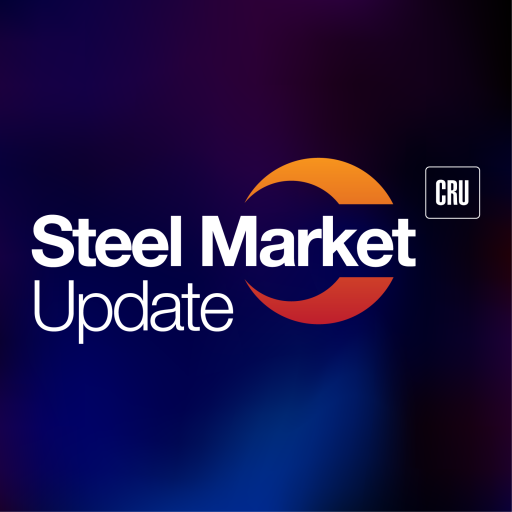Analysis
February 23, 2023
Final Thoughts
Written by Becca Moczygemba
Last week I talked about lead times and price increases. After the week we’ve had, I could easily copy and paste the same sentiments. (Although I don’t think I’m allowed to publish some of what I’ve heard lately.)
Aside from the obvious reasons, price increases come with some extra baggage for many organizations.
A few days ago I came across the topic of specification (spec) changes. I recall spec changes being the bane of my existence at one point.

Maybe the cut-to-length and slitting sizes change. Or perhaps they want a light-stone paint color instead of burnished slate. Is it really that big of an issue? Not really. However, when you start changing substrates, things can get sticky.
If you’re selling material to original equipment manufacturers (OEMs), education is a good form of risk management. Sure, it’s easy enough to say “yes” to a customer. But when you consider the exposure, a simple “yes” may not be so simple down the road.
And maybe that’s the way it’s always been done. The customer asks for a change, so you say “yes” and ask questions later. But then you end up with aged inventory because the customer won’t take it. Or you can’t sell it off. And we all know aged material is even worse when it’s expensive too. As prices continue to climb, so does the future risk.
In relation to spec changes, nobody wants to sit on master coils they can’t use. Working closely with the OEM’s engineering team, and your own sales support team, can aid in maximizing output. Are they able to use the substrate that is already in stock until it’s gone? Can the material they’re moving away from be used for one of their other applications? What other efficiencies can be implemented into the spec change plan?
Ultimately, the goal is mitigating margin loss. Of course, there are nuances to every situation, and it’s not always that straight forward. But preparedness is key when your crystal ball is broken and you can’t see what prices are going to be from one day to the next. Especially when taking scrap prices into consideration. Nobody likes a useless drop cut.
By Becca Moczygemba, becca@steelmarketupdate.com







